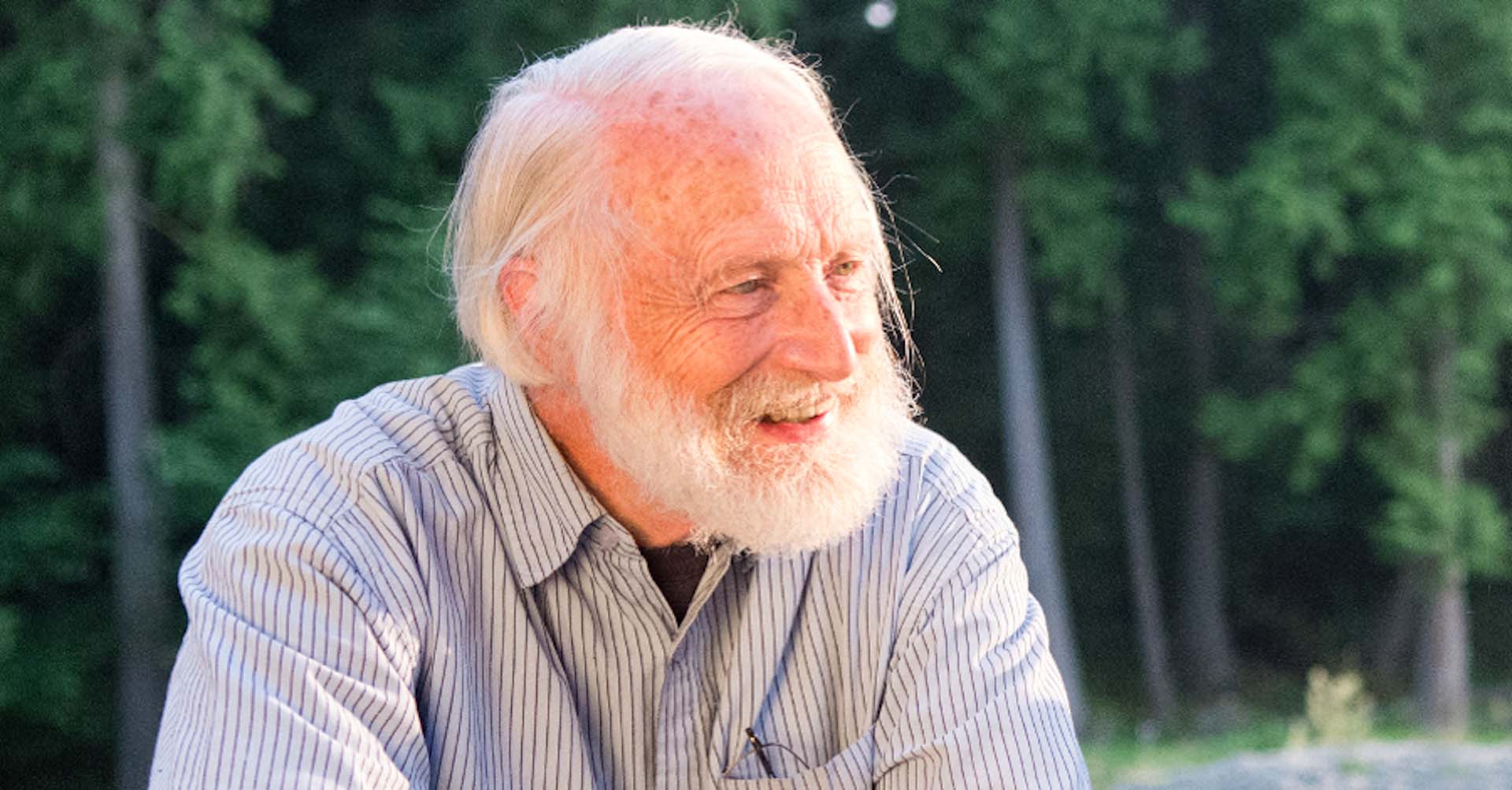Coast Salish Peoples have lived on and cared for the land now known as Galiano Island for millennia. We acknowledge that we live and work within the shared, asserted, unceded and traditional territories of the Hul’qumi’num-speaking First Nations Peoples and those who hold traditional rights, responsibilities, and Indigenous rights and title in and around what is now known as Galiano Island.
Click the image to watch a short video we helped to produce with the Access to Media Education Society that acknowledges our shared territory.
To protect, steward and restore Galiano Island ecosystems by creating a network of natural areas where a healthy environment, learning and a love of nature flourish.

We believe in ensuring that the natural environment is left in the same or better state than we found it for future generations.
We believe that a healthy community should have a diversity of land uses including protected areas.
We believe that exposure to healthy ecosystems leads to healthy people and communities.
We believe that a widespread stewardship ethic, combined with practical skills, is necessary to achieve ecosystem resilience.
We believe in the power of unplugged, quiet contemplation in nature to inspire a stewardship ethic.
We believe in learning by doing and the power of participation.
We believe in seeking reconciliation and collaboration opportunities with the Indigenous Peoples of the Salish Sea.
We believe in inclusiveness, respect, compassion and cooperation in our organization and community.
We believe in honouring the ecological and cultural legacies of the island and the community to which we belong.
Ken Millard, a key figure in the land trust movement in BC and Canada, co-founded the Galiano Conservancy Association (GCA) in 1989 with a group of like-minded islanders who were concerned about clear-cut logging and sought to preserve Galiano’s sensitive forest ecosystems, watersheds and coastline.
When he passed away unexpectedly in 2015, he had helped to create a legacy of more than 500 acres of Galiano land protected forever and a strong organization dedicated to conservation and learning. This includes the 188-acre property known today as the Millard Learning Centre – the headquarters for GCA operations, programs, and demonstration projects.
Since 2000, the GCA has provided nature-based learning programs to thousands of people of all ages. Under Ken’s leadership, the GCA fostered partnerships with government, businesses and land trusts. He mentored hundreds of volunteers and created a strong community committed to conservation, along with a committed staff dedicated to continue the work he and the other founding directors started.

The Galiano Conservancy is actively engaged in land & wildlife conservation, ecological restoration, sustainable food production, climate action, reconciliation, and the promotion of environmental learning.
The Galiano Conservancy Association is led by a dedicated volunteer Board of Directors, operated by a small group of year-round staff, and supported by a passionate team of interns and seasonal staff.
We have an experienced core staff who are joined each summer by seasonal employees and student interns
The Galiano Conservancy Board is currently comprised of nine volunteer directors elected for 2-year terms.
We are grateful to the many organizations whose generous contributions enable our work.
Read our annual reports to learn more about the finances, yearly highlights, and the generous supporters of the Galiano Conservancy.
The Galiano Conservancy Association has established policies in accordance with the Canadian Land Trust Standards and Practices.
The Galiano Conservancy Association’s Constitution and Bylaws outline the purposes and governance procedures of our organization.
Notifications